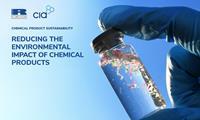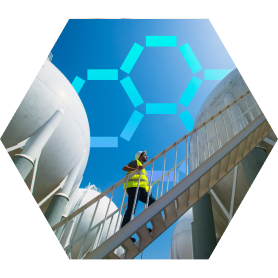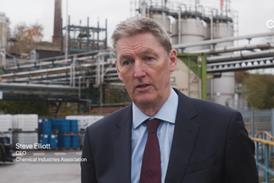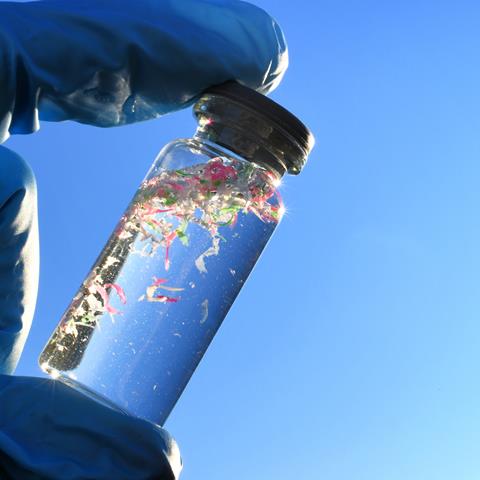Ricardo, with the support of the Chemical Industries Association (CIA), has published a second instalment in their series exploring the environmental impact of chemical products, to help chemical organisations advance their sustainability journey.
Download report
Following on from the first guide which offered insight and guidance to performing a Life cycle assessment (LCAs) and the value organisations can gain from the process, this second part offers practical insights and guidance on how to then reduce the environmental impacts of chemical products following the detailed assessment. The guide explores some of the multitude of options available to the organisations producing chemical products when seeking to reduce environmental impacts, regulatory compliance risks and drive innovative products and ingredients with sustainability at their core.
Using LCA to gain quantifiable insights on how products impact the environment from extraction through to disposal, enables organisations to measure, monitor and improve performance in key impact areas. When seeking to deliver on those optimisations, however, organisations need to take measured, strategic, and effective actions, which requires careful consideration of the many options available for each element of the product value chain.
Commercial and compliance considerations
Reducing the environmental impact of products offers numerous benefits for companies. Maintaining regulatory compliance ensures access to markets and minimises any potential penalties for non-compliance, while taking proactive steps to reduce impacts provides time for strategic, commercially minded decisions to be made, increasing business resilience.
Organisations can also benefit by remaining competitive, as stakeholders and wider supply chains seek low-carbon solutions to enhance their scope 3 reporting. With the use of Digital Product Passports imminent, sustainability information will be more widely accessible meaning data transparency will become a new standard. Emissions factors may influence purchasing decisions.
Researching alternative substances, reformulating and redesigning products may take a considerable amount of time. Given the widely accepted deadlines of reaching net zero by 2050, organisations should consider their in-house lead times, and allow time for specialist external resources to be in high demand.
Dawn Allan, Chemical sector Lead for Ricardo, said: ‘The focus on sustainability criteria continues, and the direction of regulatory change is clear. Chemical organisations should reflect on whether they have fully considered all the available options to deliver reductions to the environmental impacts of their products. By providing this guidance, we are hoping that organisations will feel empowered to take the next step on their journey to sustainability, and see that sustainability can build long-term business resilience.’
‘Implementing comprehensive LCAs in the chemical sector is essential for fostering sustainable industry practices. However, due to their complexity, LCAs can seem daunting. The CIA is proud to have supported Ricardo in developing guidance that assists chemical companies in driving change and embedding sustainability into their operations. This initiative not only boosts environmental responsibility but also promotes innovation and efficiency, paving the way for a greener future for all.’ – Charis McInnes, Sustainability Executive for The Chemical Industries Association (CIA).

Reducing the environmental impact of chemical products
Ricardo, with the support of the Chemical Industries Association (CIA), has published a second instalment in their series exploring the environmental impact of chemical products, to help chemical organisations advance their sustainability journey
DOWNLOADPDF | 2.45 Mb




















